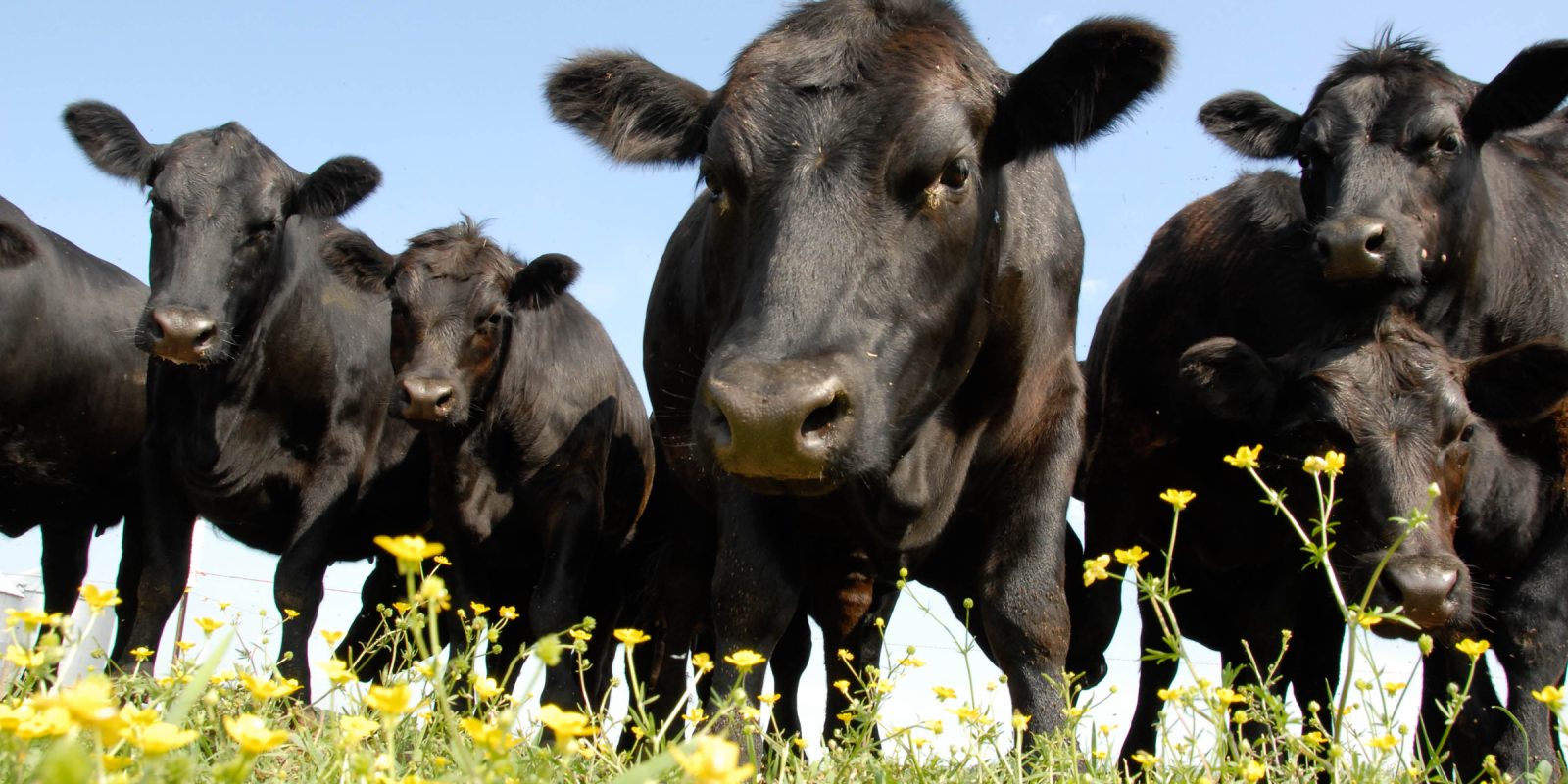Ozempic and Wegovy, the weight-loss drugs favoured by Hollywood actors and Silicon Valley executives, are no longer just a celebrity shortcut to slimness. They are quietly transforming global eating habits—and with them, the economics of food production. For a country like New Zealand, built on the export of high-fat animal products, the implications are profound.
GLP-1 receptor agonists, originally developed to manage Type 2 diabetes, suppress appetite by slowing digestion and altering reward signalling in the brain. Now new Clinical trials published in The New England Journal of Medicine show users are reducing their calorie intake by up to 30 percent. The data is coinciding with a 2023 Morgan Stanley report that predicts sustained declines in consumption of calorie-dense foods, particularly red meat, dairy, and processed snacks.
One user after three months on semaglutide, says he lost all interest in snacks, beef, and cheese. In the United States and Europe, supermarket data reflect those trends. A consumer survey by Numerator found households using GLP-1 medications spent significantly less on food and alcohol than non-users, and were particularly likely to cut meat, sugar and high-fat purchases.
A Direct Threat to New Zealand’s Rural Economy
New Zealand exports 95 percent of its dairy production and is among the world’s largest suppliers of lamb and beef. These industries—worth over $20 billion annually—are heavily reliant on affluent Western consumers. If that consumer base is undergoing a medically driven shift away from meat and dairy, New Zealand’s rural economy could face structural decline.
The consultancy Mattson has identified GLP-1 users’ aversion to fatty meat and rich dairy as a consistent pattern, describing such foods as “greasy” or “difficult to digest.” The concern for NZ therefore is, it seems, appetite suppression drugs are making previously desirable kiwi foods, unpalatable. The shift is not one of taste preference, but of metabolic rejection.
Overseas, some companies are already adapting. Nestlé has launched a food range aimed specifically at GLP-1 users. Others are investing in fibre-rich products that help mimic the effects of the drugs. Meanwhile, fast food chains in the US are reporting dips in sales linked to shrinking appetite among this growing user group.
Domestic Shifts and Climate Consequences
Some will argue it’s not all bad news. There are environmental implications. A decrease in livestock numbers would mean lower methane emissions and reduced fertiliser use. The shift, driven not by regulation but by consumer biology, could help New Zealand meet its climate obligations without legislative intervention. The issue is, we sell enormous amounts of raw animal protein. That isn’t just a tweak in a recipe. It will probably require farmers to completely rethink their livestock or produce altogether.
Turning Point or Slow Decline?
There is an opportunity in the shift according to the data. Demand for high-fibre produce, plant-based protein, and functional food products is rising. But the transition away from red meat and dairy will not be cost-free, and for many regions of New Zealand, it could mean difficult economic readjustment.
Appetite-suppressing drugs are not a passing trend. They represent a pharmaceutical disruption to global food demand. For New Zealand, the question is no longer whether they will affect the country’s food economy—but how quickly, and how deeply.







